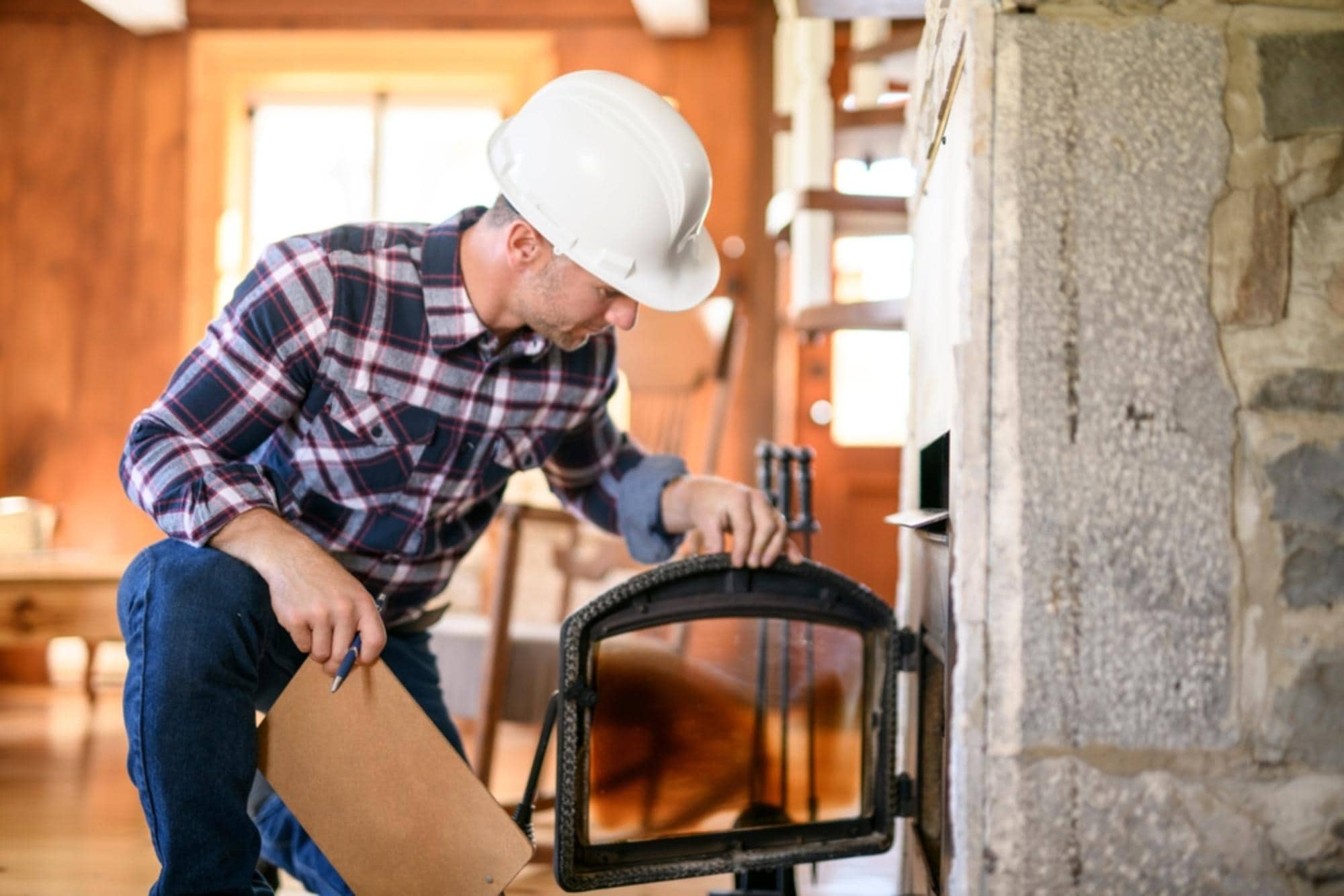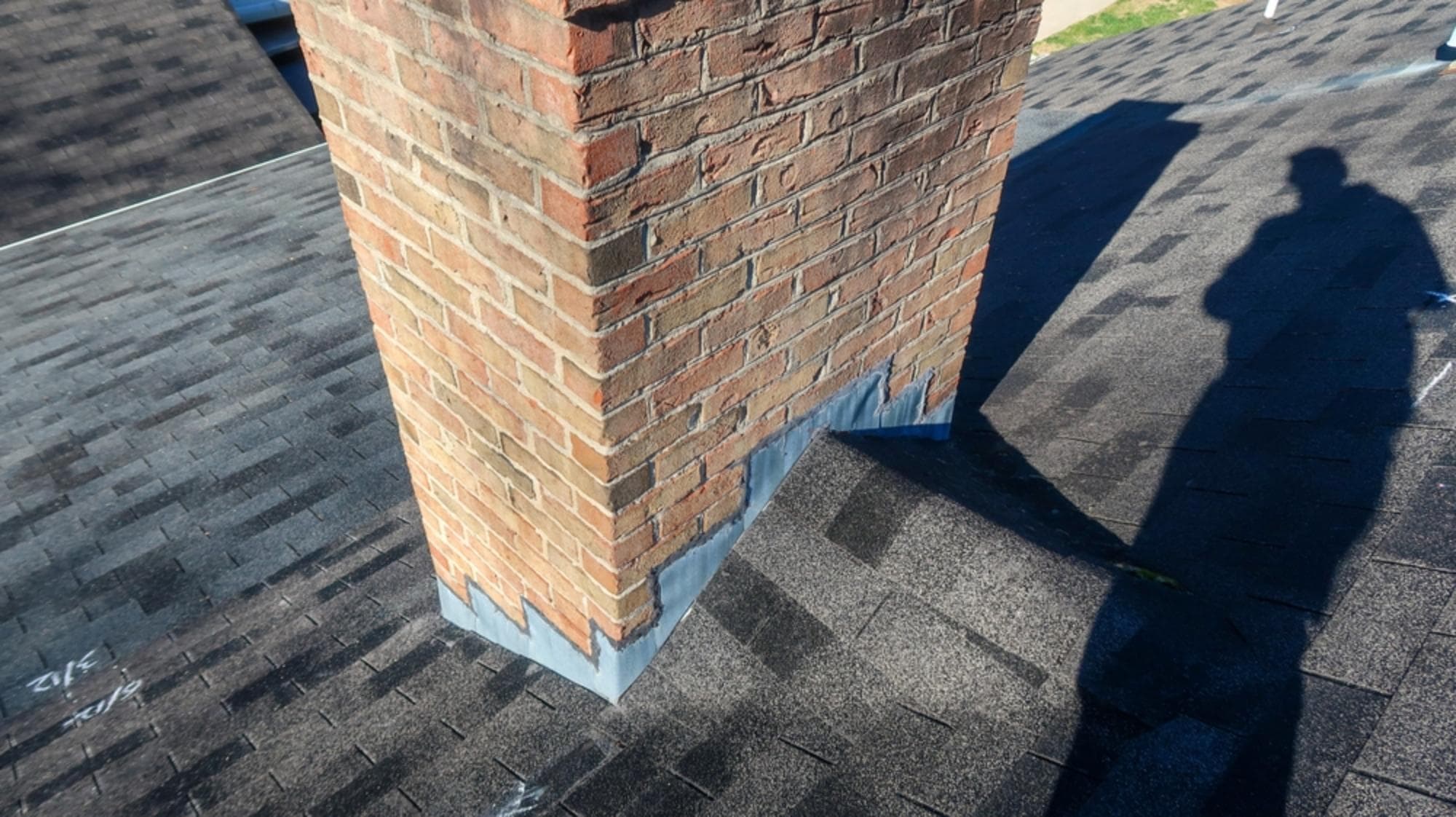Get the peace of mind that comes with professional chimney inspection in Esmond, protecting your family and home this season.

Hear from Our Customers

When your chimney gets the inspection it needs, you’re not just checking a box. You’re preventing the kind of problems that keep you up at night—chimney fires, carbon monoxide issues, and expensive repairs that could have been caught early.
A proper inspection means your fireplace works the way it should. No smoke backing up into your living room. No worries about whether that creosote buildup is becoming a fire hazard. No questions about whether your family is safe when you light that first fire of the season.
You get clear answers about what’s working, what needs attention, and what can wait. That’s the difference between hoping everything’s fine and actually knowing it is.
We understand what Providence County chimneys face. The coastal moisture that affects your brickwork. The freeze-thaw cycles that can crack mortar joints. The specific creosote patterns that develop in our climate.
We’re not just another chimney company passing through Esmond. We know these neighborhoods, these homes, and the challenges that come with maintaining a chimney system in Rhode Island. Our certified technicians have seen what works and what doesn’t in this area.
When we inspect your chimney, we’re looking at it through the lens of local experience. That means catching problems other inspectors might miss and understanding exactly what your system needs to perform safely year after year.

We start with a conversation about your fireplace—how often you use it, any concerns you’ve noticed, when it was last serviced. This helps us understand what we’re working with before we even look at the chimney.
The inspection itself covers everything from the firebox to the chimney crown. We examine the flue liner for cracks or deterioration, check the mortar joints between bricks, and look for any obstructions that could cause problems. We use specialized cameras to see areas that aren’t accessible any other way.
You get a detailed report with photos showing exactly what we found. No technical jargon that leaves you guessing—just clear explanations of what’s working, what needs repair, and what you should watch for in the future. If we find issues, we explain your options without pressure to buy services you don’t need.

Ready to get started?
Your chimney inspection covers every component that affects safety and performance. We examine the exterior structure for cracks, loose bricks, or damaged mortar. The chimney crown gets checked for proper slope and cracks that could let water in. Your chimney cap—if you have one—gets inspected to make sure it’s doing its job keeping out rain and animals.
Inside, we look at the firebox walls, the damper operation, and the flue liner condition. We check for creosote buildup that could ignite and cause a chimney fire. Any obstructions like bird nests or debris get noted in our report.
For Esmond homeowners, this thorough approach matters because of what our local climate does to chimney systems. The moisture from being near the coast can accelerate deterioration. Winter freeze-thaw cycles can turn small cracks into big problems. Our inspection catches these issues while they’re still manageable, not after they’ve caused damage to your home.
